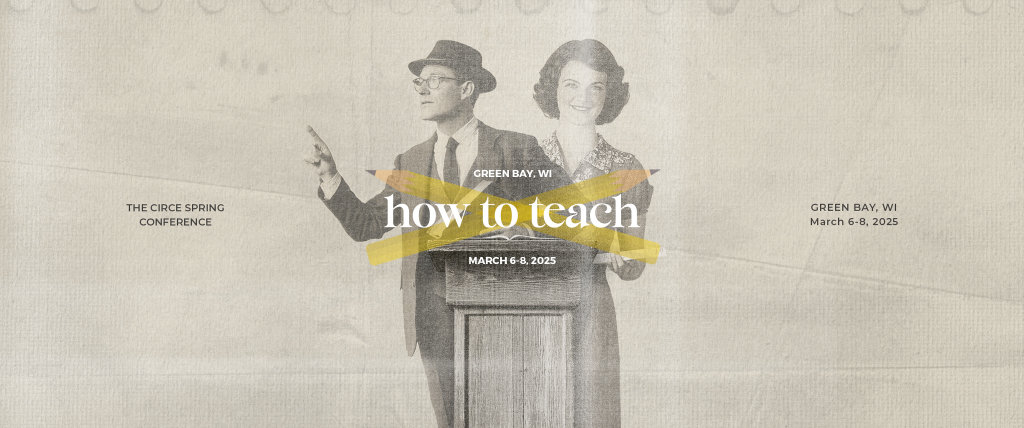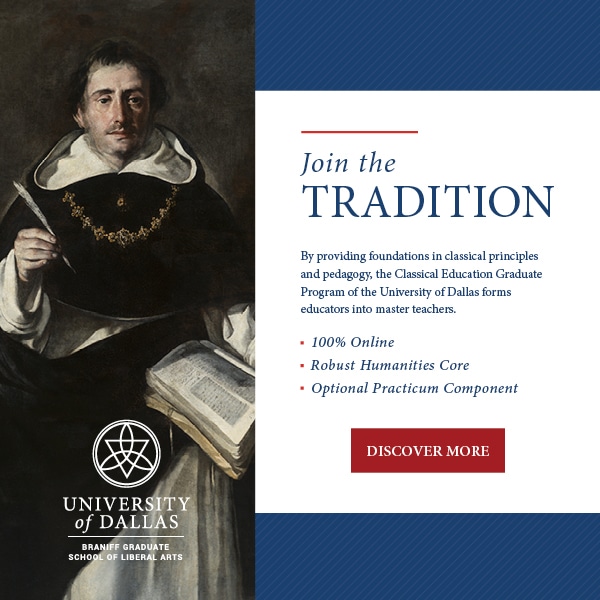Specials and Regulars: What LEGO Taught Me About the Classroom (And Life In General)

I had a lot of LEGO as a child, as did my friends, and we all knew there were two kinds of blocks: “regulars” and “specials.”
Regulars were the kind of blocks you used to build a wall, a floor, a hull, a wing, a fuselage, or a roof. Most were solid, symmetrical, and they tended to look like cinderblocks, bricks, beams, studs, cast metal, or sheetrock. In any unsorted box of LEGO, most are regulars. That is because you need a lot of them to build a plane, a castle, or a ship.
Specials were few in number, though, and tended to be small. They weren’t practical, but they were highly desirable. I remember hundreds of different kinds of specials: small transparent cones and rods (which tended to represent light or laser beams), dials, levers, switches, flags, feathers, rockets, treasure chests, shields, swords, and so forth. While you couldn’t build a fort with specials, you couldn’t build a cool fort without them. If two boys attempted to “share” a box of LEGO, the regulars could be grabbed at will, but the specials had to be sorted out equally. If you have more specials than I do, your castle is obviously going to turn out far better.
Nonetheless, a balance was needed between specials and regulars.
If a castle or a ship was tricked out with too many specials, it just looked gaudy. Unlike regulars, specials didn’t lock in tight to a design, which meant they fell off easily—similarly, the ornaments on a Christmas tree are far more apt to fall off than the branches are. Thus, a ship or boat composed of too many specials was not only gaudy, but weak. It constantly needed repair, which meant it wasn’t all that good for playing with. If you set it down wrong, it crumpled. However, a ship or a castle that didn’t have enough specials was boring and flavorless. You could play with it, but who would want to?
In a similar way, the school year has regulars and specials. As a literature teacher, the regulars are the curriculum. Pride & Prejudice is a regular, as is Frankenstein and Hamlet and Rousseau and Burke. Most discussions are regulars, as are most reading quizzes and most recitations of the catechism. You can’t have a school year without the regulars—in fact, most of the school year is regulars and that’s as it should be. But you can’t have a great school year without some specials.
So far as the classroom goes, a special is something which exists merely to decorate classroom life. A good school has dances and assemblies and field days to punctuate the year, but every class needs punctuation, as well. A special might also be something like reading a chapter of The Little Prince every Friday, reading a Billy Collins poem every Monday morning, Tea on Tuesday, skipping Medieval literature just to listen to Medieval music for an hour, having the geometry teacher and the theology teacher switch places for the day… I could go on.
Are specials frivolous? If so, they are only as frivolous as necklaces, rings, bracelets, cologne, bowties, pocket squares, monogrammed handkerchiefs, ironed napkins, the good silverware, and every other token of good taste, good breeding, leisure, and joie de vivre. Specials are proof that—yes, there is work to do—and yet school is not jail, the teacher is not a warden, and if covering curriculum were really the most important thing in the world, the final bell wouldn’t ring until midnight.
A special isn’t fun for fun’s sake. I’m not suggesting a history teacher stage a Donkey Kong tournament in the middle of a unit on the House of Stuart. A special should work with the class the way a woman’s necklace should work with her dress. At the same time, this doesn’t mean a special needs to be obviously related to the lesson at hand. A good teacher can figure out how to use a TC Boyle story to clarify Chaucer’s meaning. He can use a Johnny Cash song to explain Tolstoy. He can make the students forget they’re in class for fifty-four minutes and then bring it all together in the last sixty seconds. Obviously, he can’t do this every day, and yet it should be a trick in his pedagogical tool chest.
Jewelry makes for a helpful analogy. A necklace isn’t a distraction from human beauty but an interpretation of it. Similarly, clothes are the hermeneutic of the body—clothes teach the eye how to read a body. The point of a hat is to reshape a man’s head into something which resembles the manner in which that man ought to think (this is especially obvious in the bishops mitre or the highway patrolman’s campaign hat). So, too, at a classical school, a special isn’t so much a distraction from the task at hand as an ornament to it, and the point of an ornament is to glorify, illumine, and reveal. The word “luxury” derives from the word “light,” and a good special sheds the light of freedom and gratitude on regulars. God has given us both common things and uncommon things, secular things and sacred, but given the omnipresence of our God, there’s a sense in which everything is a little uncommon. Just like a little holy water can sanctify an entire building, so the rightly chosen special can make everything it touches bounteous.
What’s true of building blocks, dress, and classrooms is true in other places, though. A marriage needs regulars and specials. A marriage with no ornaments is quickly reduced to a mere tool, and while a marriage definitely needs to be useful, things which are merely useful are easily replaced by things that are more useful. We don’t “replace” photographs and paintings the way we replace pliers, scissors, or hammers.
As for my classroom, this year I’ve added a few ornaments to daily life. I’ve started a massive collage inside a fourteen-foot picture frame on the wall and invited students to make submissions. I’ve got a small handbell on my desk which I’m ringing to start class and which a student will ring to end class. I’m putting a different proverb on the board every week and there’s also a “song of the week” which plays continuously between classes. For the first week, I’ve chosen “On Earth as It Is In Heaven” by Ennio Morricone (the name of the song and the composer remain on the board all week).
These are little things, of course, but oh, how often it’s the little things that make or break you.

Joshua Gibbs
Joshua Gibbs is the director of The Classical Teaching Institute at The Ambrose School. He is the author of Something They Will Not Forget and Love What Lasts. He is the creator of Proverbial and the host of In the Trenches, a podcast for teachers. In addition to lecturing and consulting, he also teaches classic literature through GibbsClassical.com.











2 thoughts on “Specials and Regulars: What LEGO Taught Me About the Classroom (And Life In General)”
Thankyou for the reminder! Also, I was hoping you would share your own specials, so I was satisfied reading the last paragraph. I will enjoy considering my own possibilities.
Awwwww. What a gem. Thank you for your generosity of spirit in sharing this and encouraging us to appreciate the abundant life a little bit more.